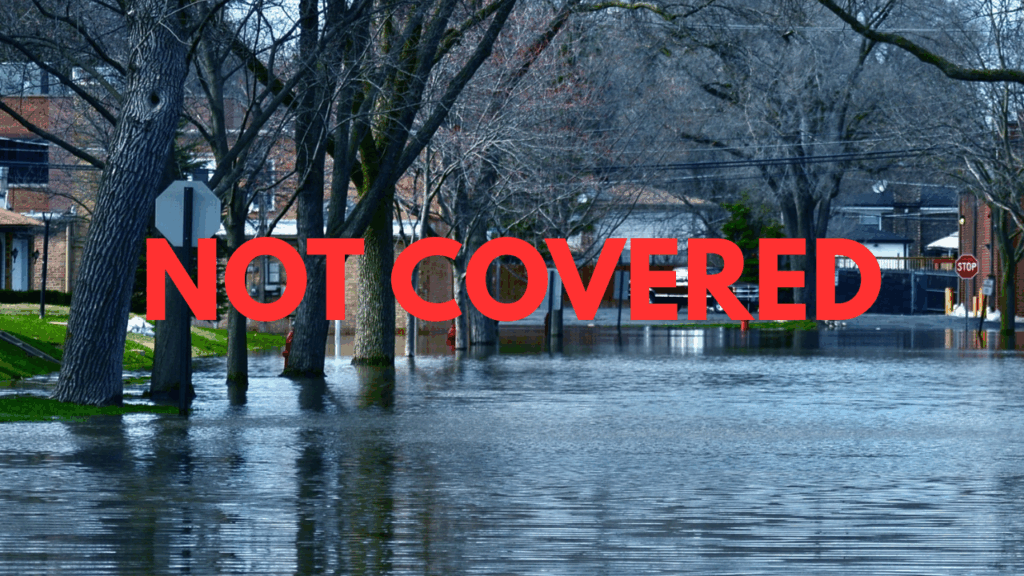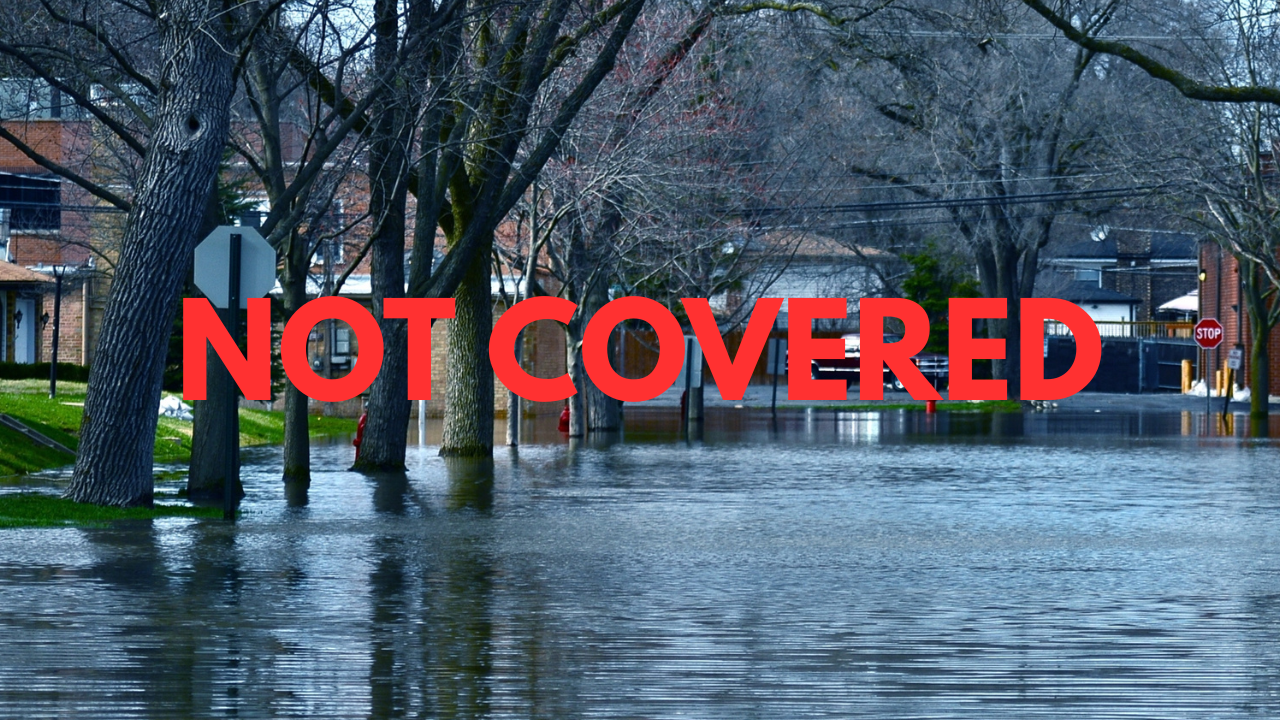Does Homeowners Insurance Cover Floods? (The Answer Will Shock You)

Think your homeowners insurance has you covered if a flood hits your neighborhood?
What if we told you that it probably doesn’t — and you won’t find out until it’s too late?
Most people assume their homeowners insurance protects them from whatever nature throws their way. After all, it’s insurance, right? But here’s the truth that surprises thousands of homeowners each year:
👉 Standard homeowners insurance does not cover flood damage.
And if you’re not prepared with the right policy, the costs can be overwhelming.
In this article, we’ll explain what your policy likely includes (and excludes), how flood insurance actually works, how FEMA fits into the picture, and what you can do today to protect your home and savings.
What Does a Standard Homeowners Insurance Policy Cover?
Typical homeowners insurance covers a wide range of hazards — fire, theft, wind, hail, and certain types of water damage. But “water damage” is a tricky phrase. It usually only refers to water that comes from inside your home, like:
- A burst pipe
- An overflowing sink
- A broken appliance
When water enters from outside — from flash floods, heavy rain, river overflow, or storm surge — you’re likely out of luck.
The Insurance Information Institute confirms this: floods are not covered under a standard homeowners insurance policy. That means any structural or personal property damage caused by rising water is your responsibility unless you have a separate flood policy.
What Is Flood Insurance — and Who Needs It?
Flood insurance is a separate policy specifically designed to cover water damage from natural flooding events. These policies can be purchased through the National Flood Insurance Program (NFIP) or through private insurers.
Here’s what a typical flood policy may cover:
- Damage to your home’s foundation, walls, floors, and mechanical systems
- Replacement of appliances, flooring, and some personal belongings
- Cleanup costs after floodwaters recede
Many people believe flood insurance is only necessary for those living near rivers or in high-risk zones. But here’s the kicker: more than 1 in 5 flood insurance claims come from properties outside high-risk flood areas, according to FEMA.
You can check your property’s flood risk using FEMA’s Flood Map Service Center.
What Happens If You Don’t Have Flood Coverage?
Imagine a severe storm floods your basement and damages your HVAC system, flooring, and furniture. The cleanup alone could cost tens of thousands. But when you call your insurance company, they tell you the damage isn’t covered.
You’re left with few options:
- Pay out of pocket
- Apply for federal disaster aid (which is often limited and in loan form)
- Try to salvage what’s left with minimal resources
Even worse, many homeowners find out their policy doesn’t include flood coverage after the flood has already happened. At that point, it’s simply too late to get the protection you really need.
How FEMA Works (And What It Doesn’t Do)
Many people think: “If a disaster strikes, FEMA will step in and help, right?”
Yes — but probably not in the way you think.
The Federal Emergency Management Agency (FEMA) does offer assistance to homeowners after major disasters, but only if:
- The area is officially declared a federal disaster zone
- You apply for aid within the required timeframe
- Your damage qualifies under their guidelines
Even then, FEMA aid is often limited to a small grant or, more commonly, a low-interest loan — not full reimbursement for your losses.
You can learn more about what FEMA offers (and doesn’t) at the official FEMA website.
Bottom line: FEMA is a safety net — not a replacement for proper flood insurance.
3 Steps to Protect Yourself Before the Water Rises
- Review your current policy today. Don’t assume you’re covered — confirm what’s included and what’s not.
- Get a flood insurance quote. You can compare pricing through the NFIP or talk to your agent about private market options. In many areas, premiums are lower than you’d expect.
- Understand your true flood risk. Even if your mortgage lender doesn’t require flood insurance, that doesn’t mean your home is safe. Use FEMA’s flood maps and consider local elevation, drainage, and weather trends.
Don’t Wait Until the Water’s at Your Door
Most people never think they’ll need flood insurance — until they do. Kathy and I have worked with families who were completely blindsided by what their policies didn’t include. That’s why we’re passionate about helping you review your coverage before the unexpected happens.
And if you’re working with someone — a friend, a client, a neighbor — who’s unsure about their insurance, please send them our way. We’re always here to help.
Because when it comes to protecting your home, being shocked now is better than being devastated later.













